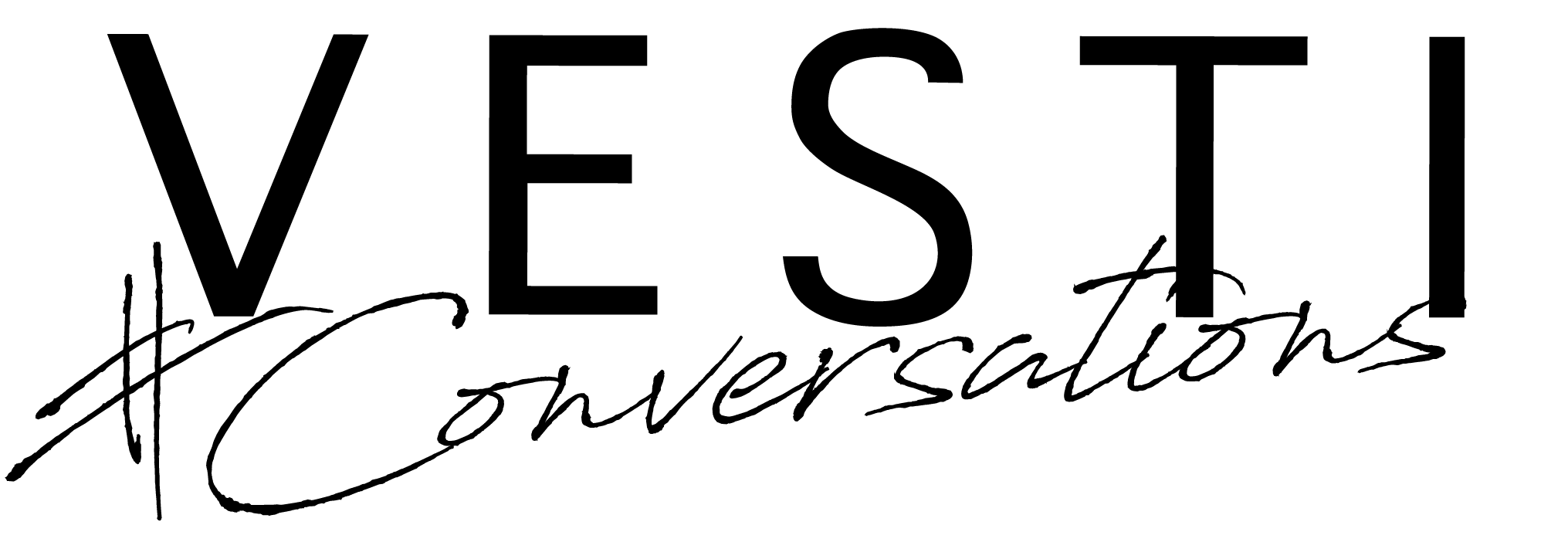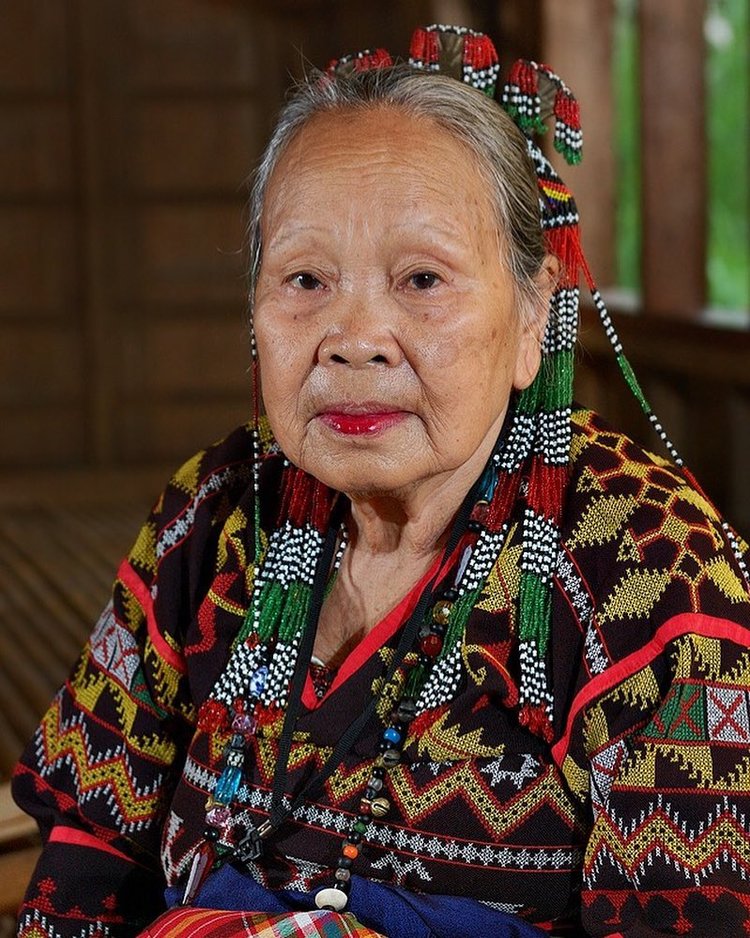The VESTI 'Lang Dulay' Clutch: Victoria & Albert Museum London
by Martha Rodriguez
When I started designing bags and clutches, I always think about the Mindanao weaves first- the patterns, the colours, and how it strongly represents each Mindanao tribe, but for the minaudières, it was such an easy creative expression of how I grew up in Mindanao and being able to infuse each tribe’s culture, heritage, and dreams. I thought of designs that are contemporary yet grounded to the weavers’ roots.
The Lang Dulay Clutch has the Yakan handwoven weave as its centerpiece- very festive and triumphant display of heritage. Covering the body and the sides is the T’nalak fabric- subtle yet moving like a surrealist’s dream. Accented by mother-of-pearl semi-circles with antique brass metal frames, the minaudière represents what Mindanao is to me – home.
I have taken the honor of donating this one-a-kind minaudière to the Victoria & Albert Museum in London. This minaudière is my respectful homage to one of my ultimate idols, the T’nalak master weaver and pioneer, Lang Dulay, and is aptly named after her.
Lang Dulay
Encompassing, Fierce, and Definitely Glorious.
T’nalak
T’boli | Lake Sebu, South Cotabato
Abaca (Musa textilis L.) fibers and natural dyes
Covering the entire Lang Dulay Clutch is a distinctive abaca cloth called T’nalak. It is a traditional cloth woven on a backstrap loom by the T’boli tribe women living in the southern and south-western mountain ranges of South Cotabato, Philippines. Most of them are residing around Lake Sebu- a big and beautiful lake high in the mountains.
Often called “dream weavers”, these women design the patterns from dreams which serve as mental images. According to the beliefs, the designs for the T’nalak are conveyed from the weaver’s dreams handed down to them by their ancestors or bestowed to them by Fu Dalu, the guardian spirit of the abaca. The spirit of Fu Dalu begins to reside in the cloth at the start of the production to prevent breakage of the yarns while weaving. To cut a piece of the T’nalak, it is customary to say a prayer or bite the fabric as a warning to Fu Dalu.
T’nalak is produced through ikat (resist-dye) technique traditionally woven in deep reddish brown, black, and white colors. Considered as a valuable possession used during the mo-nimum or wedding ceremonies and exchanged for prized trade goods. T’nalak patterns include the bangala (man in house), klung (shield), sawo (python), nipa, g’mayaw (mytical bird) and the tofi (frog), all based on the basic sigul- a zigzag arrangement of triangles or rhombs, comprising the overall pattern set in the cloth.
This particular T’nalak pattern showcased is called Doun Basag Senfeyon, a traditional pattern that features the leaves of a plant- very popular for their shape and placed close together but this one has a distinct application as an array of palm trees. A design conceived from a surreal dream in the forest, it is somehow like the pattern is acquired when the artist looks at a canopy of a palm tree from the base.
Yakan
Yakan | Zamboanga (originally Basilan Island)
Cotton, silk, and synthetic dyes
Yakan weaves are cotton-polyester threads woven using body-tension backstrap looms, producing brightly-colored fabrics with distinct, strongly geometric repetitive patterns that draw their inspiration from nature. Patterns include bunga sama (based on the diamond), the sinaluan (small bands of bisected and quartered lozenge shapes), the pussuk labbung (saw-tooth pattern), and the kabban budi (triangular-rectangular design). Yakan patterns are usually combined with rice grains, mountains, flowers, and dragons.
The Yakan tribe are close-knit families originally hailed from Basilan but had to migrate to Zamboanga, 32 miles up north due to war and conflict. In Zamboanga, they were able to establish a Yakan village where one can see the tribes weaving the fabrics in their homes. Women were seen taking care of their children and at the same time, weaving and selling these fabrics.
The Yakan fabric used in the VESTI Lang Dulay Clutch has a seputangan pattern. Mainly used as a head cover by the Yakan tribe, thus woven in square shapes, bearing a brocade design with diamond forms. It is evident when one sees a Yakan fabric that is not only colourful but also repetitive in diamond forms, in which the weavers believe brings them good fortune.




